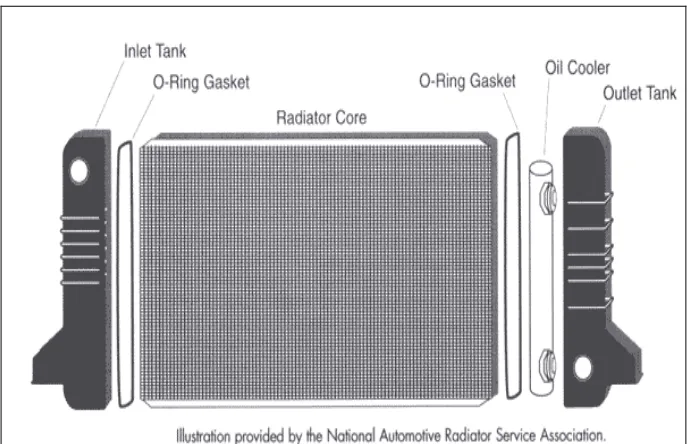Fluid And Heat Flow Performance In Heat Exchanger
Full text
Figure



Related documents
After the primary simulations were completed and the effects of the curve on velocity and temperature were observed, both for the upstream and downstream flow respectively,
In particular, in the limit of strong thermoviscosity (i.e. strong heating or cooling and/or strong dependence of viscosity on temperature) the transverse and axial velocities
The flow under the blade tip changes as the blade wears thereby altering the forces on the blade and we show how these effects interact to determine the tip wear rate.. In order
The heat exchanger is of co-current parallel flow type .Results are obtained by varying the number of transfer units (NTU) and also varying the two dimensional
Rees, SJ orcid.org/0000-0003-4869-1632 and He, M (2013) A three-dimensional numerical model of borehole heat exchanger heat transfer and fluid flow.. Licensed under the Creative
Razi et al (2011) measured the heat transfer and pressure drop characteristics of nanofluid flow inside horizontal flattened tubes under constant heat flux experimentally[8].Patil
By following the above steps the modeling of Shell and Tube heat exchanger has been done using solid works software and also using ansys fluent simulation the flow analysis is
Exact solution was obtained and expression for velocity profiles for various stations inside SSHE such as the probable regions of backward flow down the blades, flow rates,